Produced on the occasion of Eduardo Paolozzi’s 1974 exhibition at Kestner-Gesellschaft, Hannover, 6 December, 1974–19 January, 1975, in association with the Nationalgalerie, Berlin.
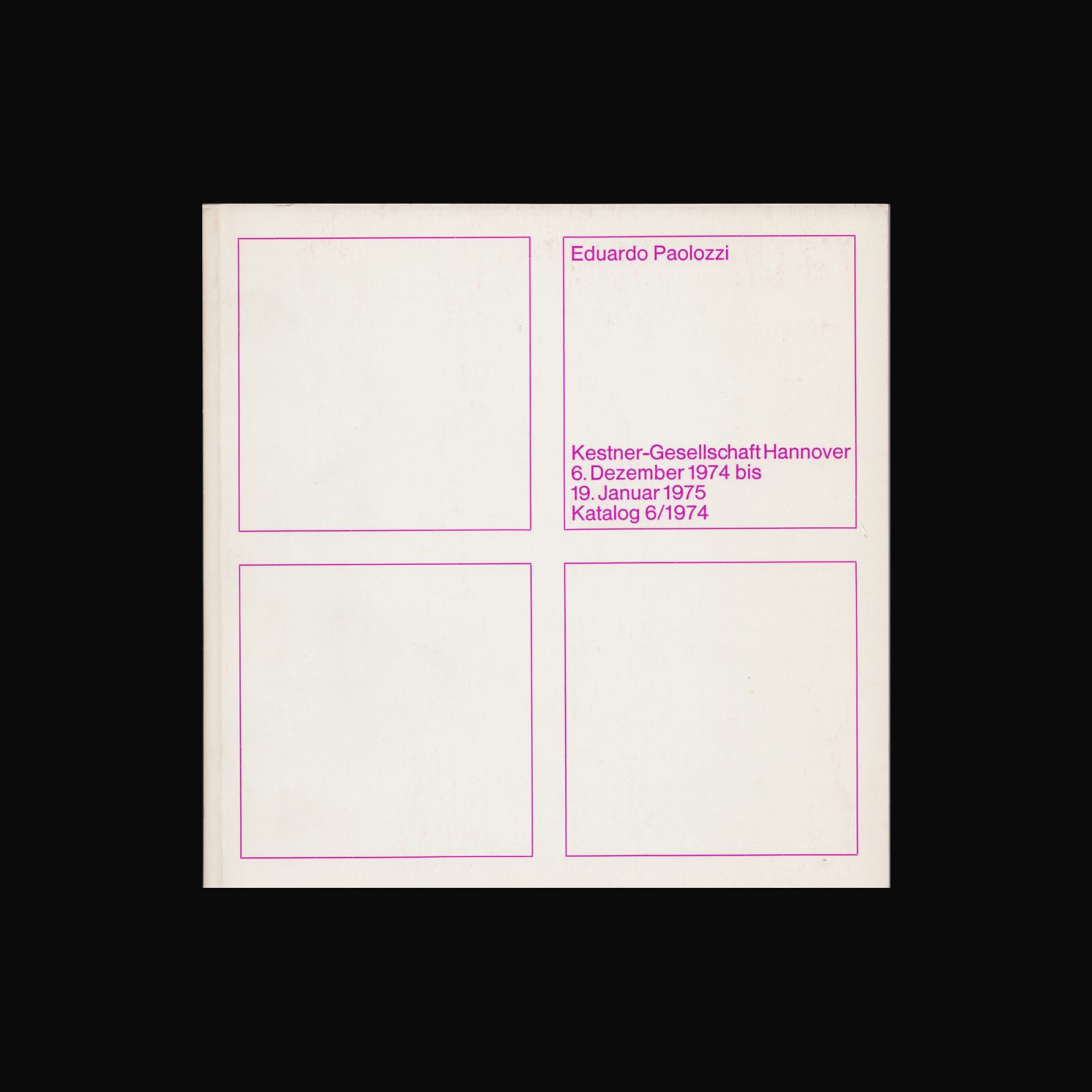

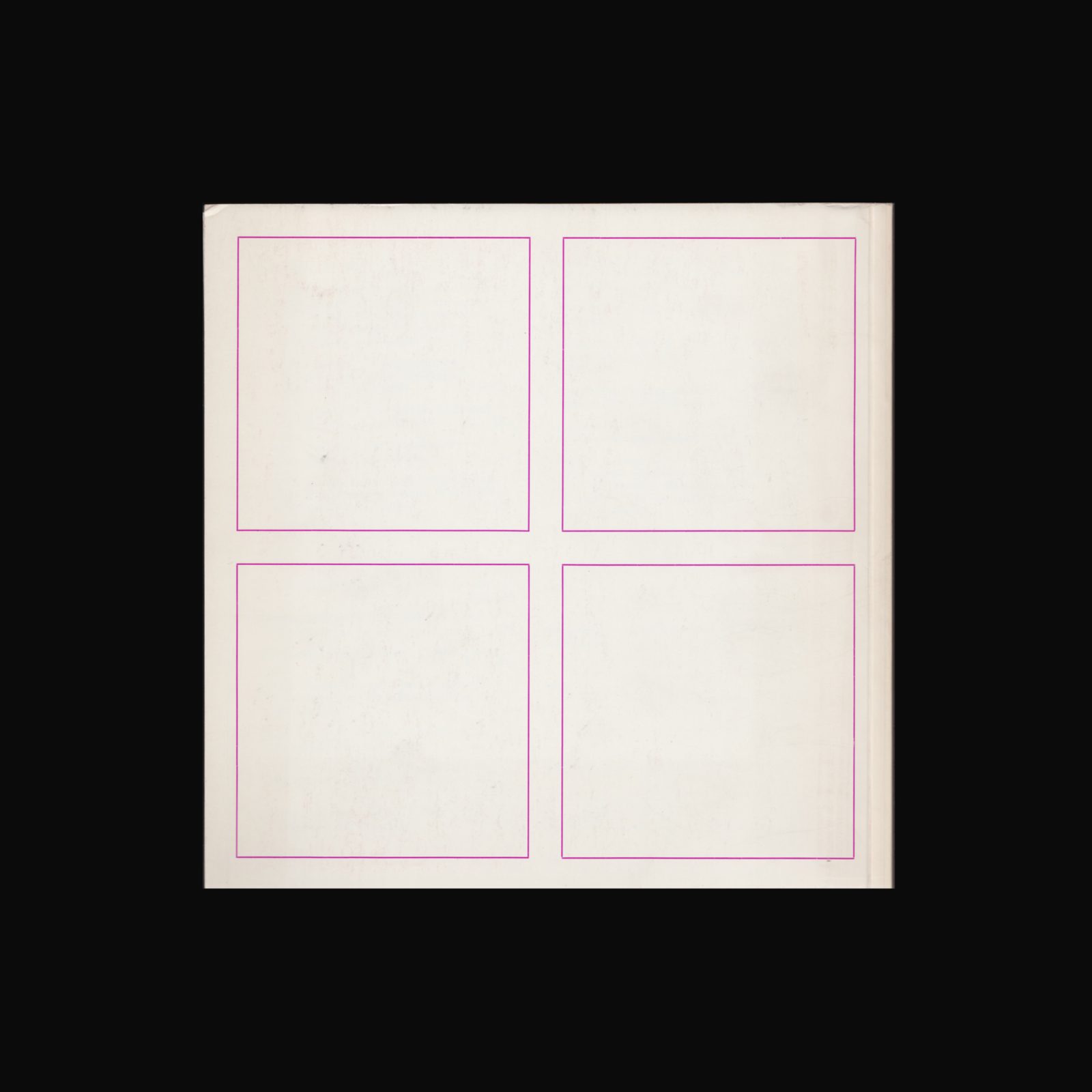
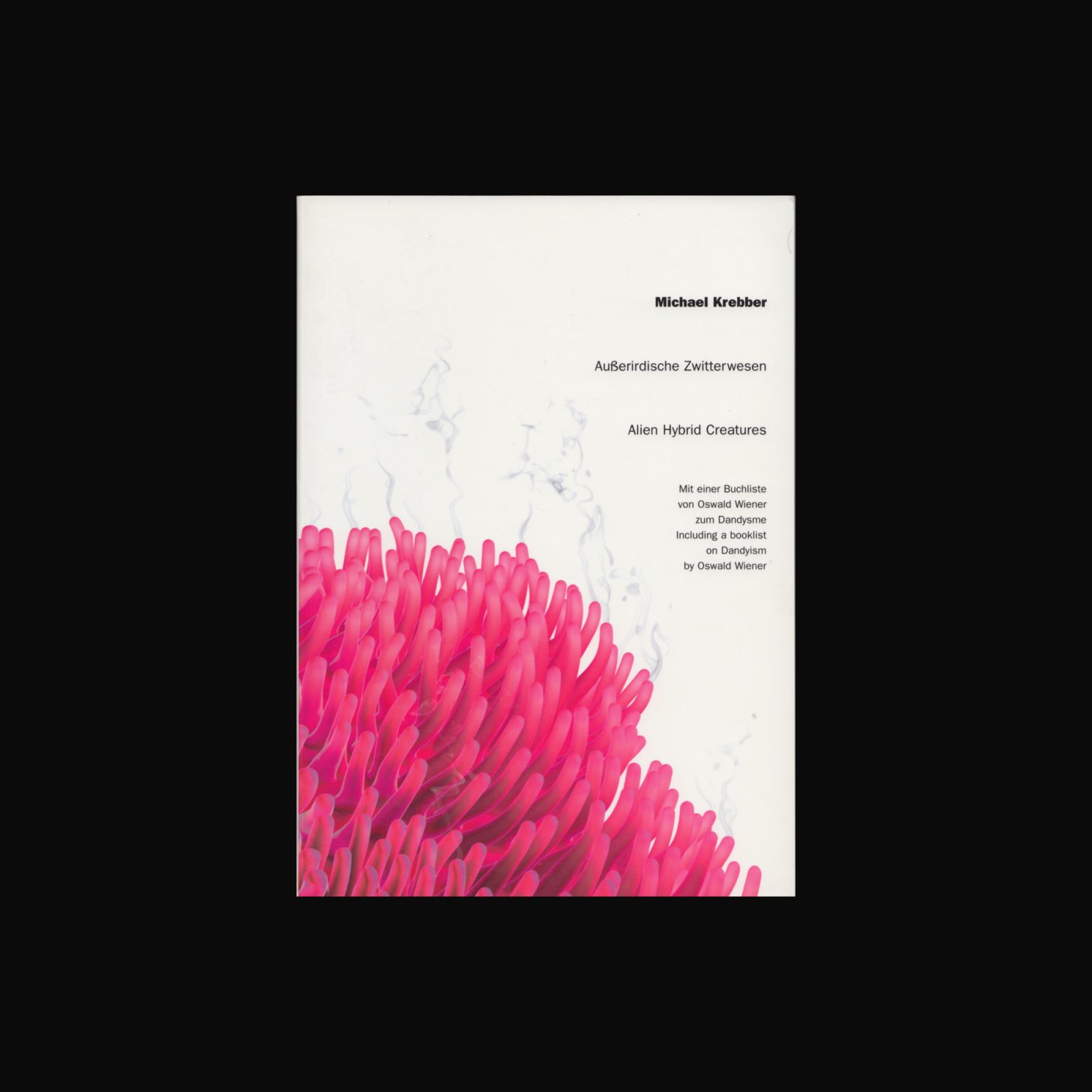
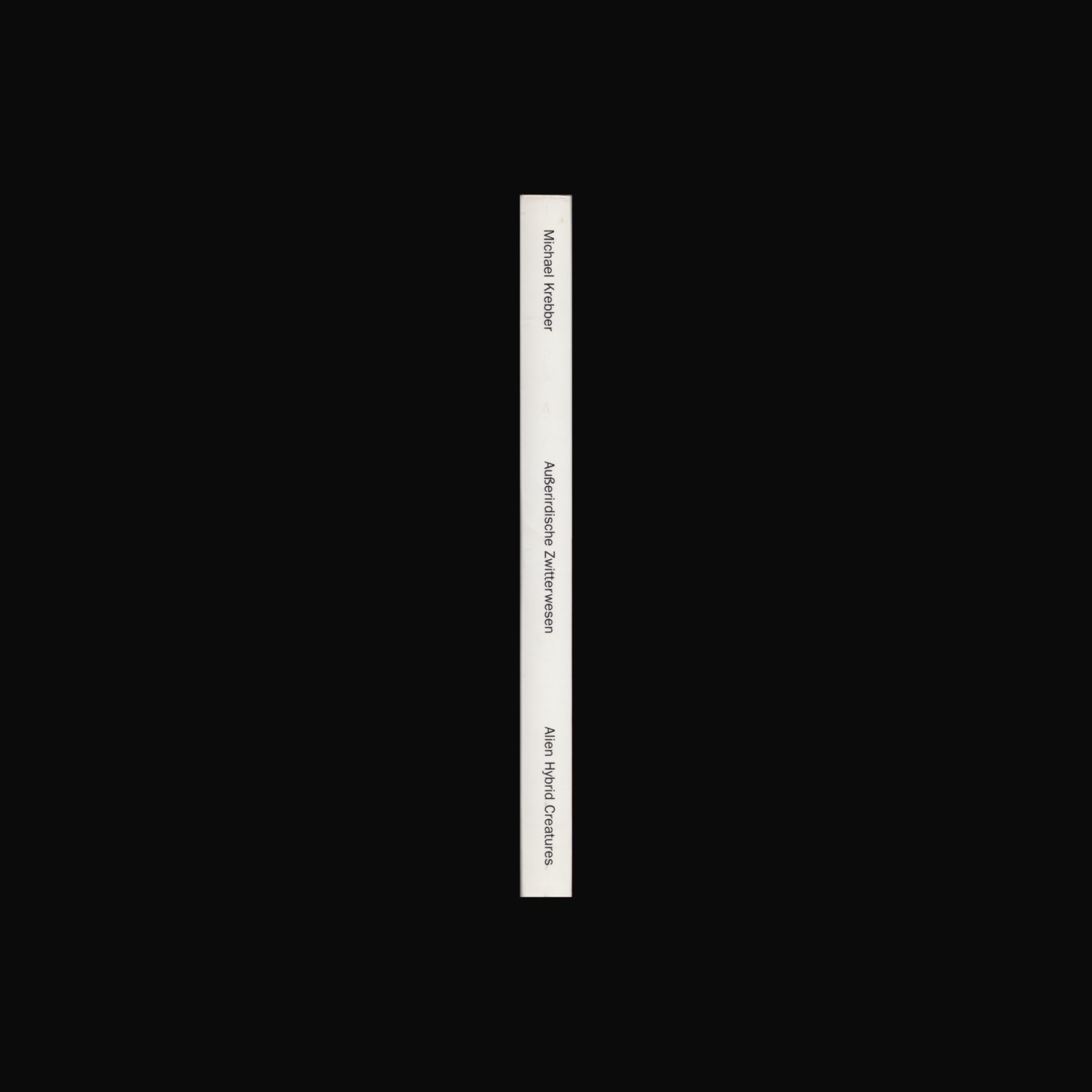
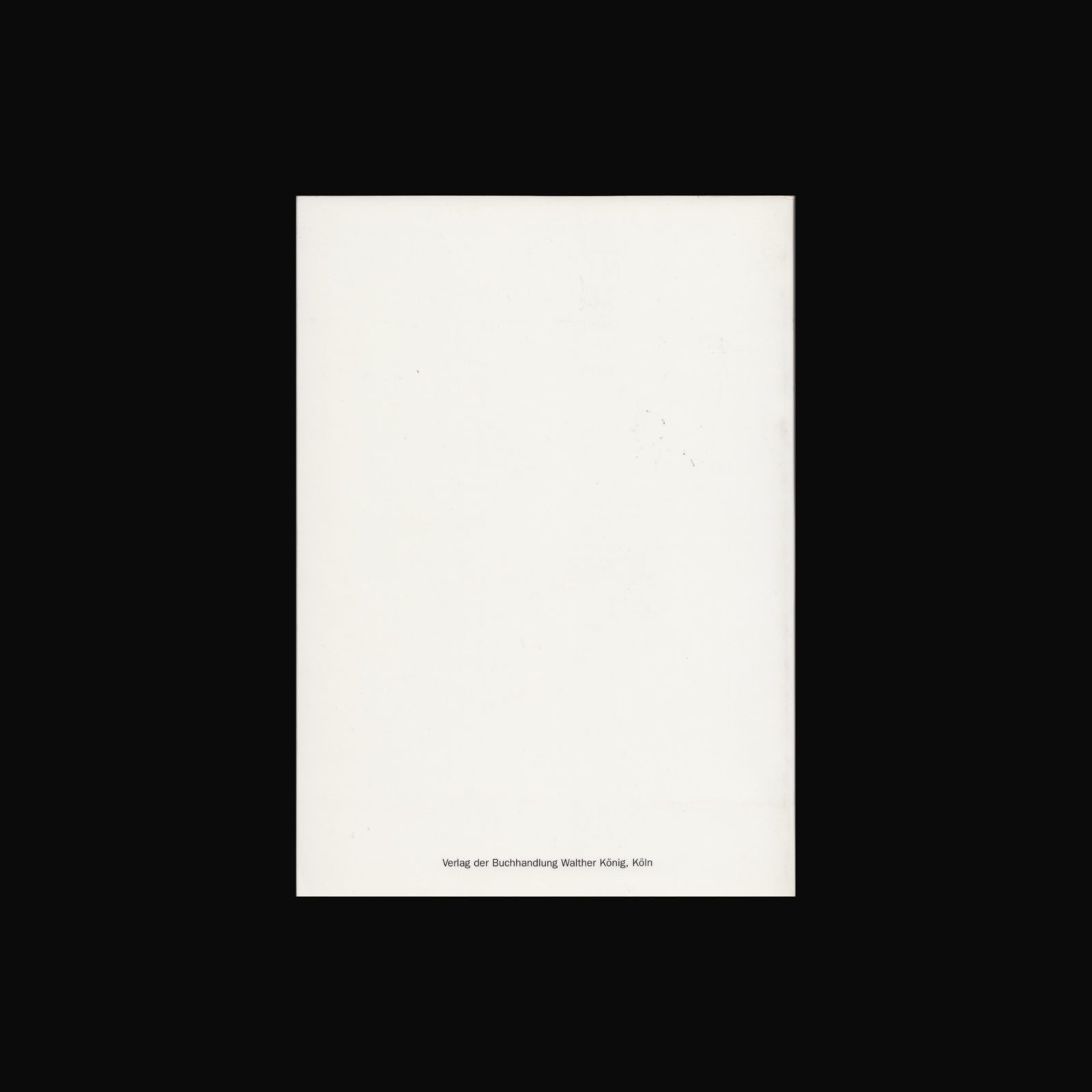
Außerirdische Zwitterwesen / Alien Hybrid Creatures is a book by Michael Krebber, published on the occasion of a seminar to which the artist had been invited at the Institute for Art History at the University of Cologne in 2003. Beside an introductory text by Michael Krebber and numerous reproductions the publication contains a list of book recommendations on the theme of Dandyism compiled by Oswald Wiener.
Designed by Yvonne Quirmbach.
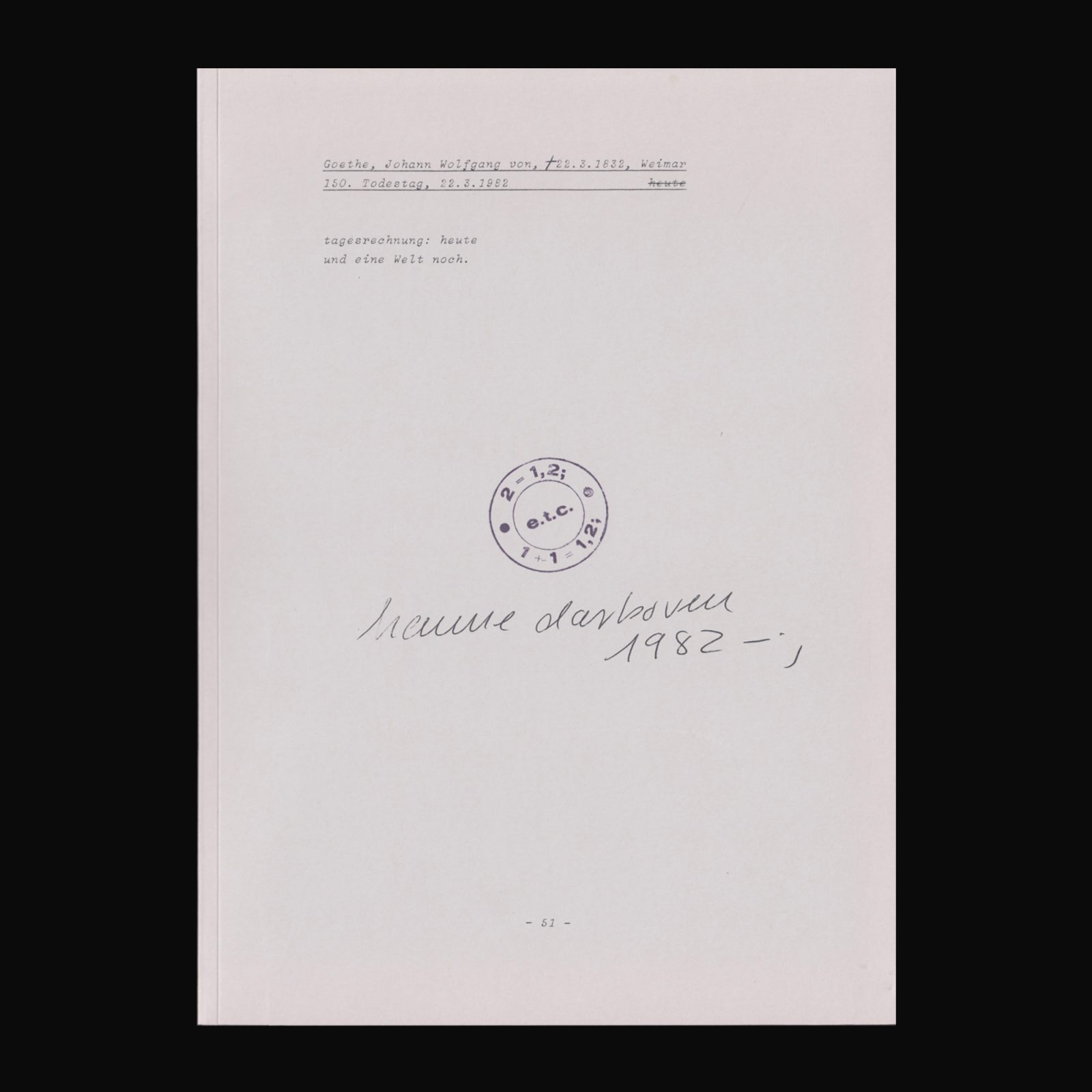

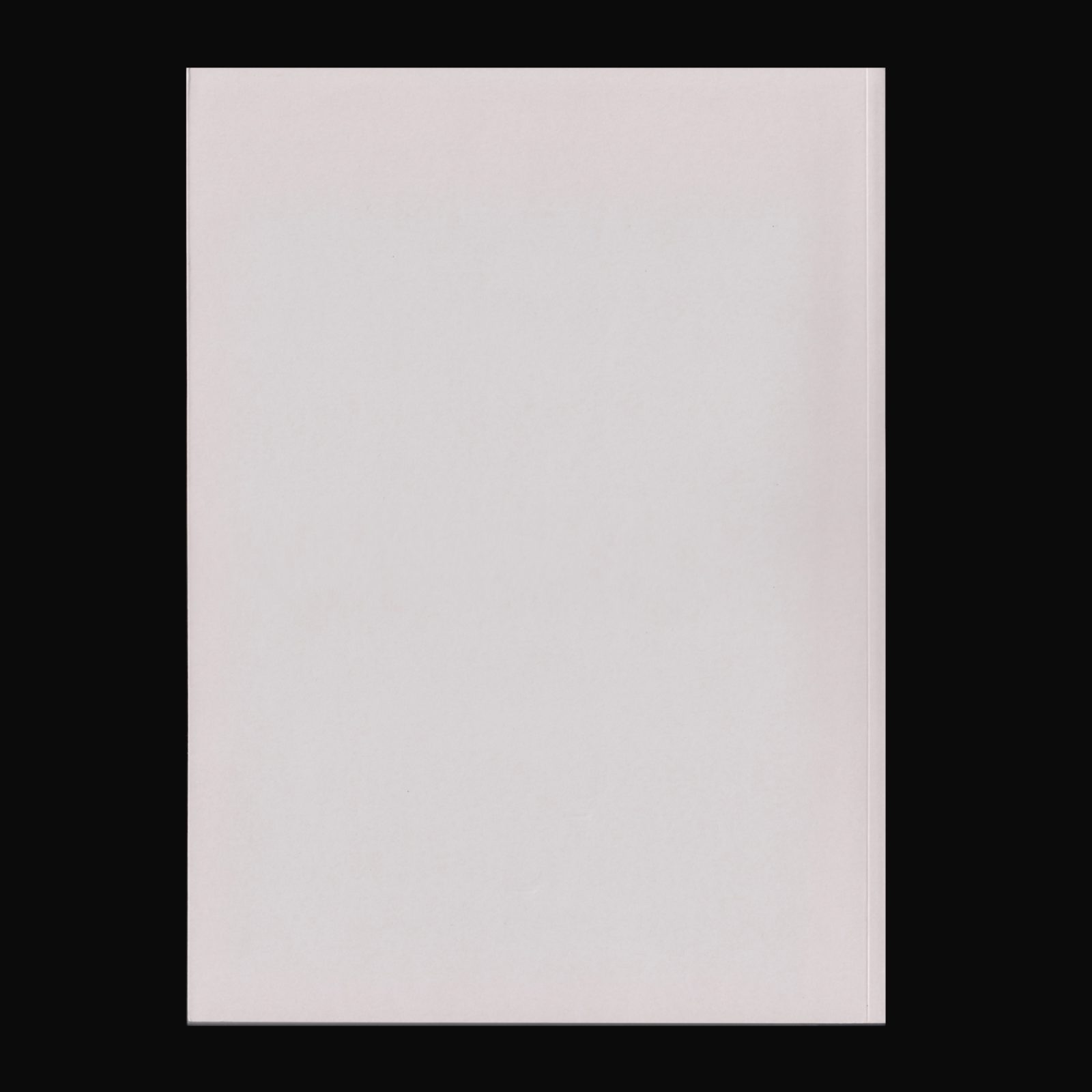
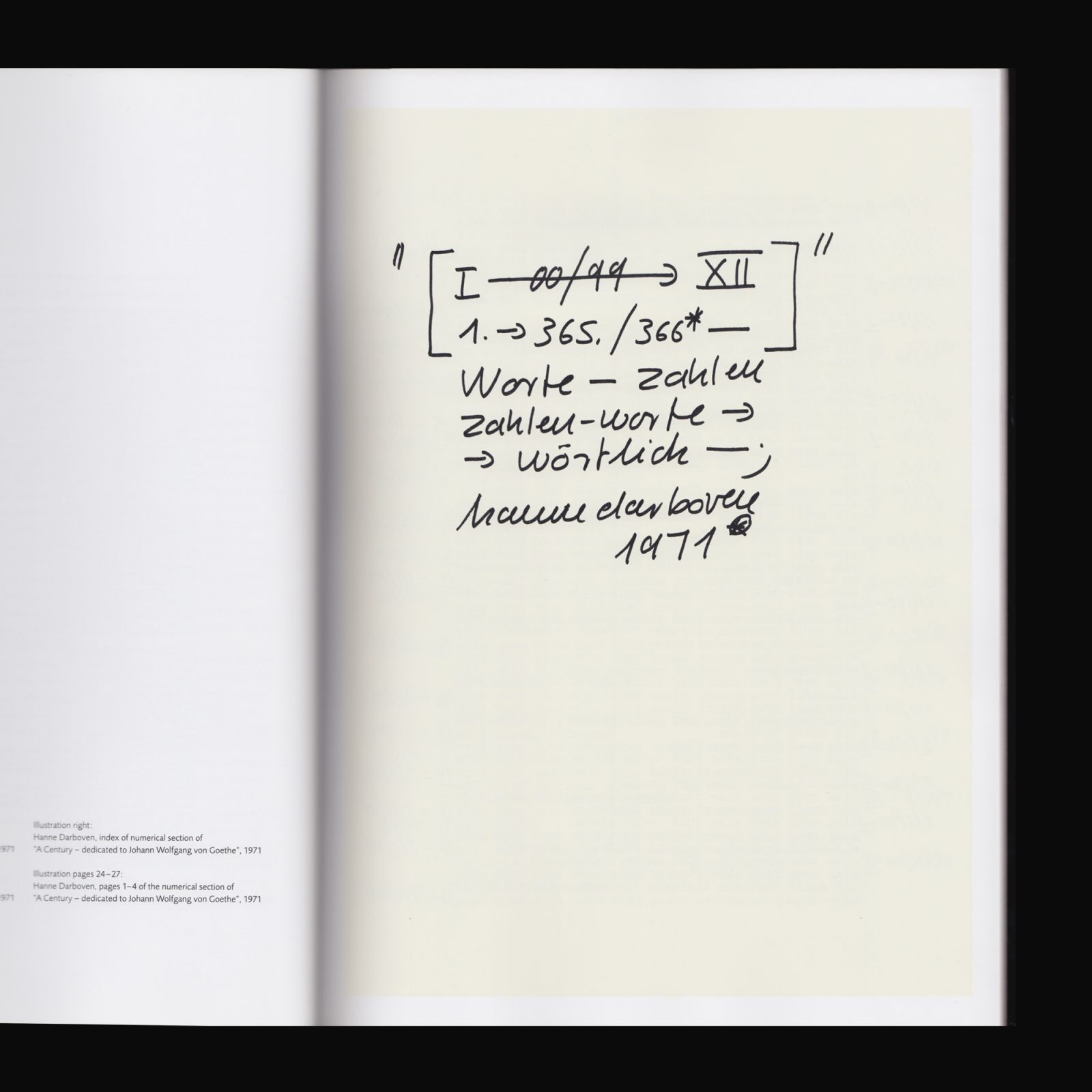
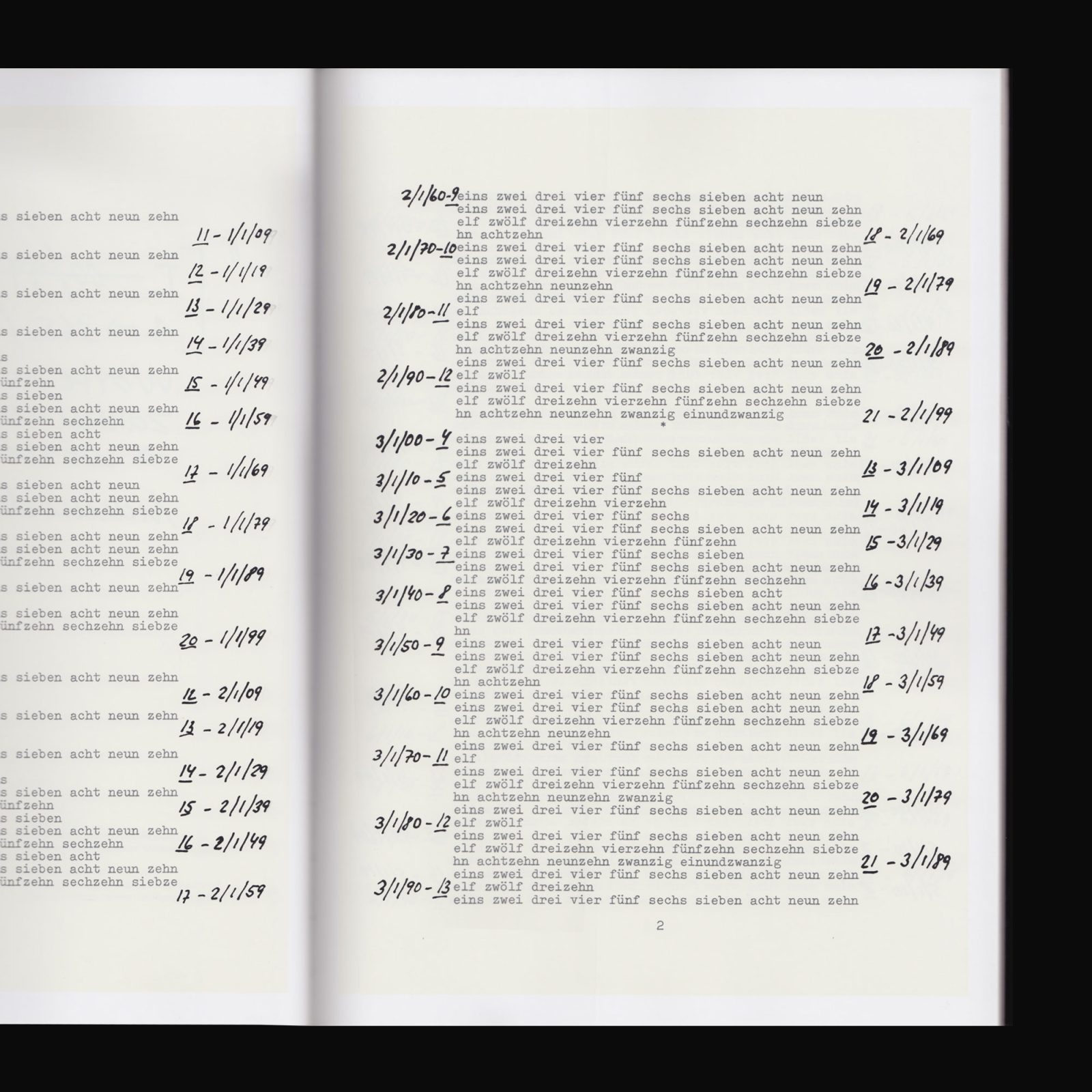
This catalogue documents Hanne Darboven’s complex and radical paperwork Ein Jahrhundert: Johann Wolfgang von Goethe gewidmet, 1971–1982.
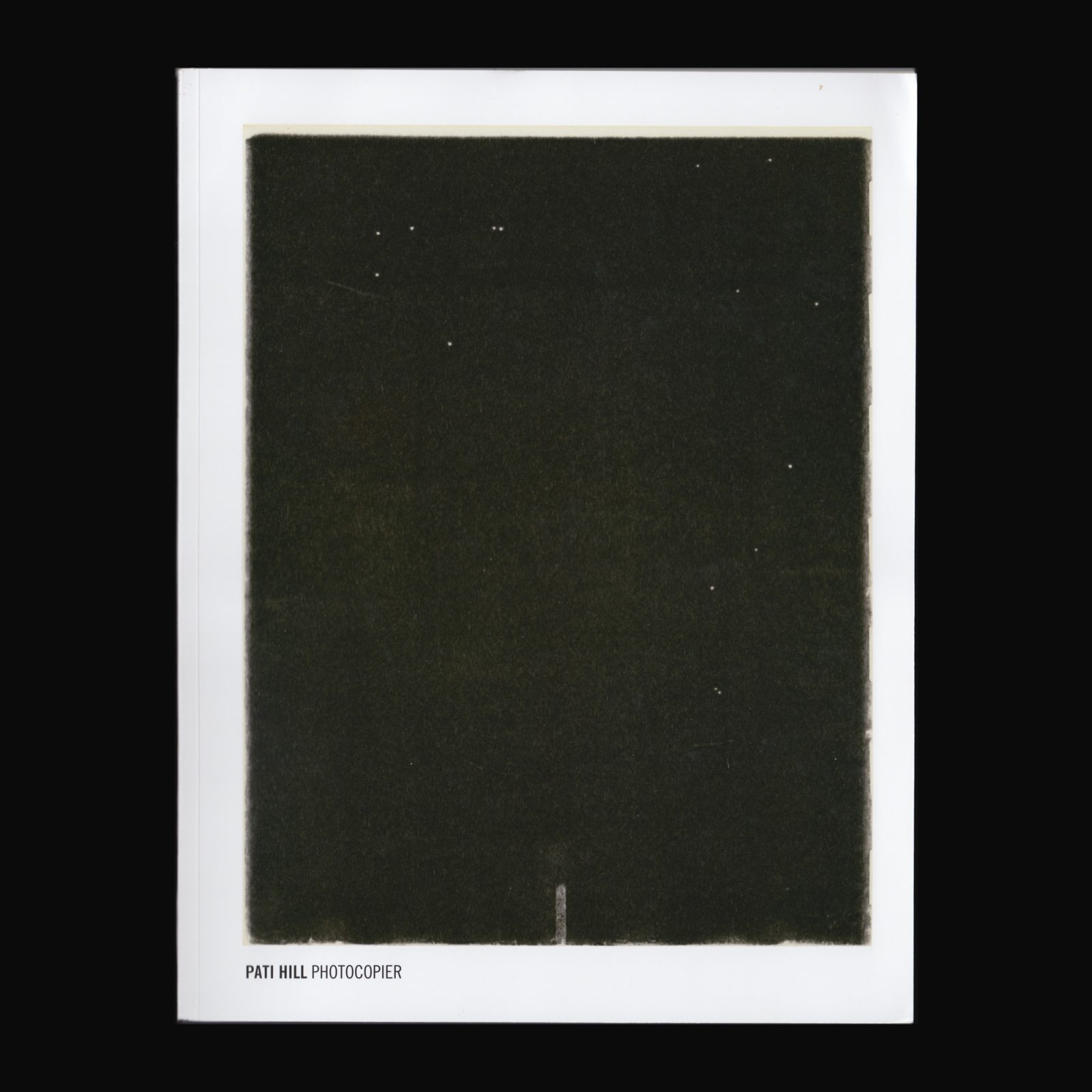

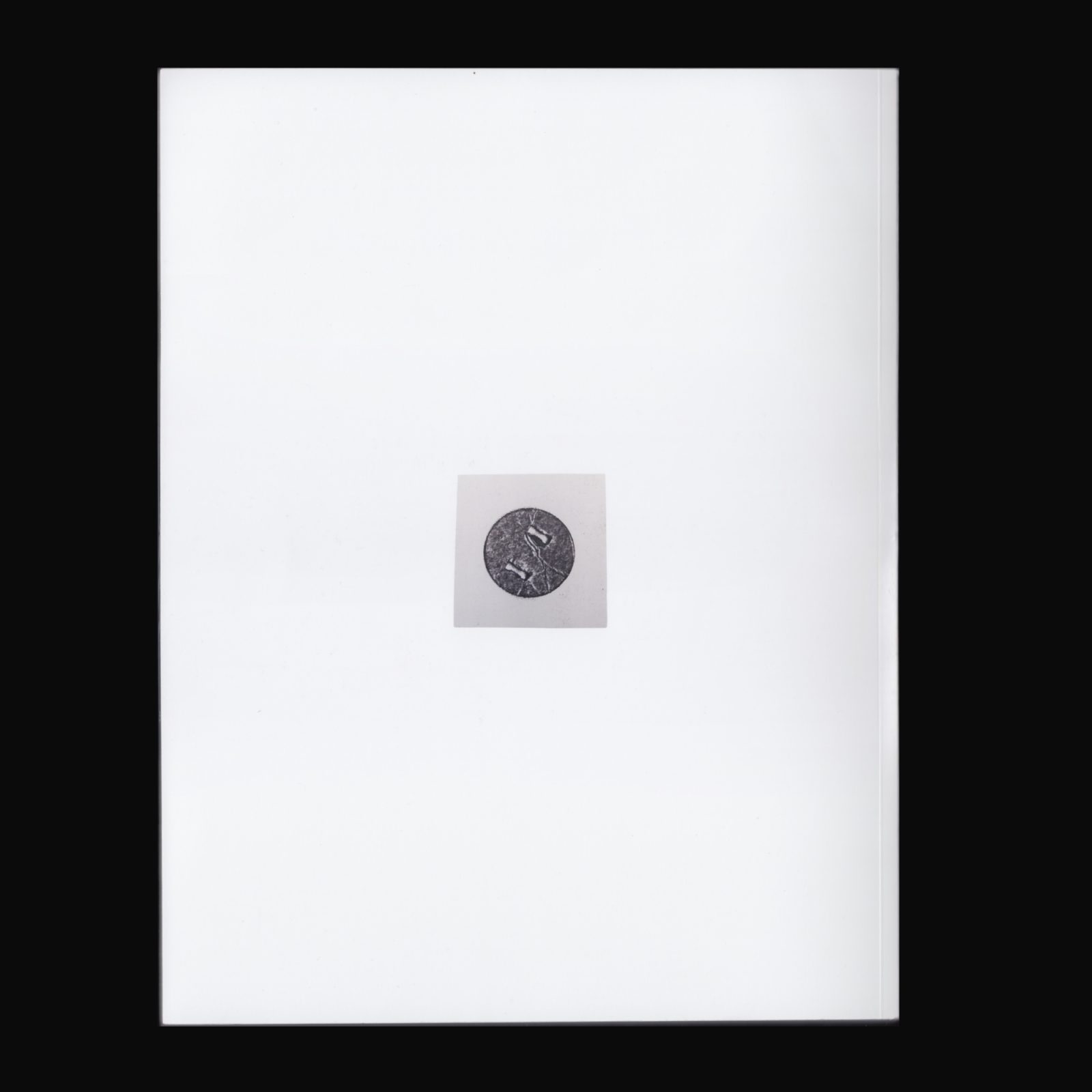
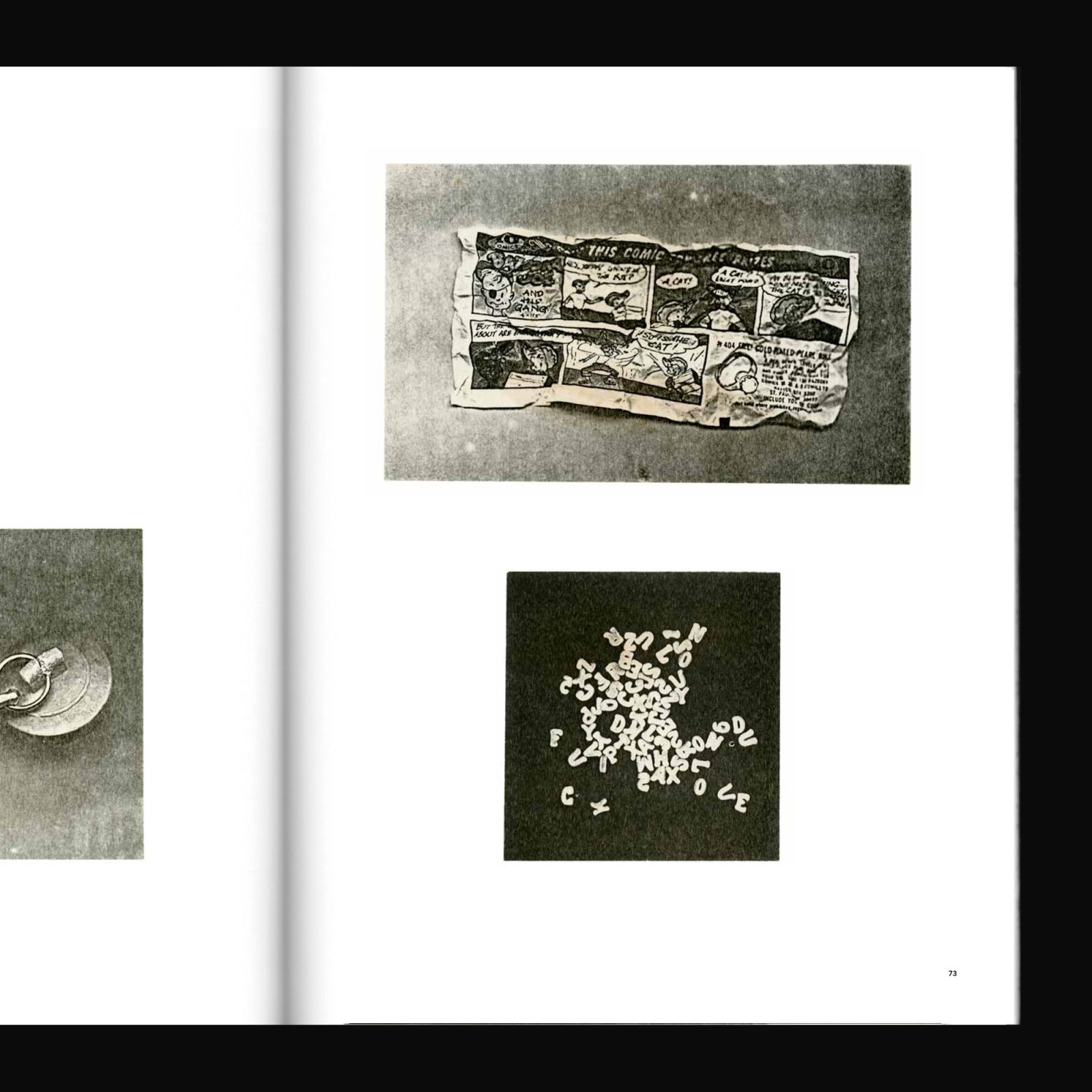
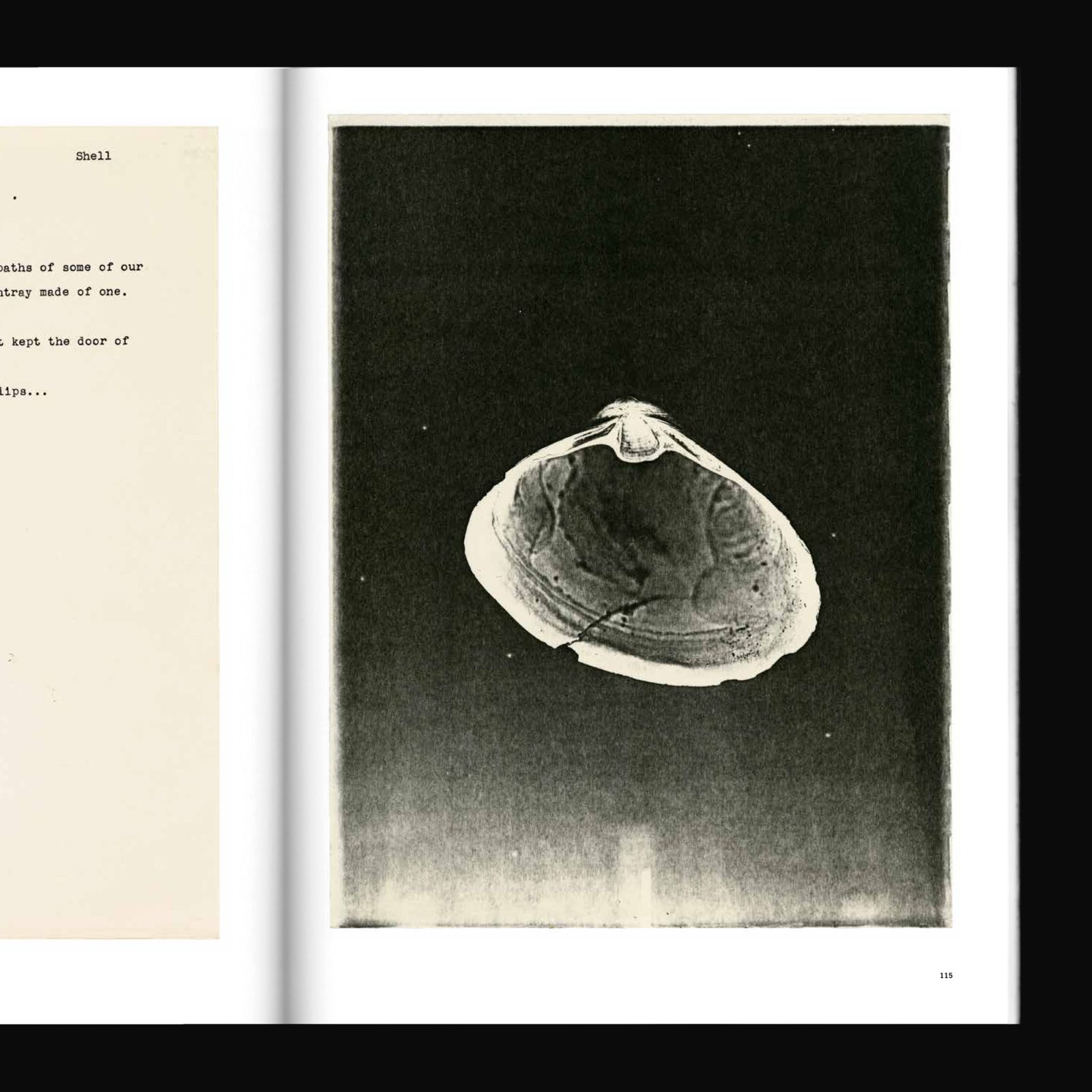
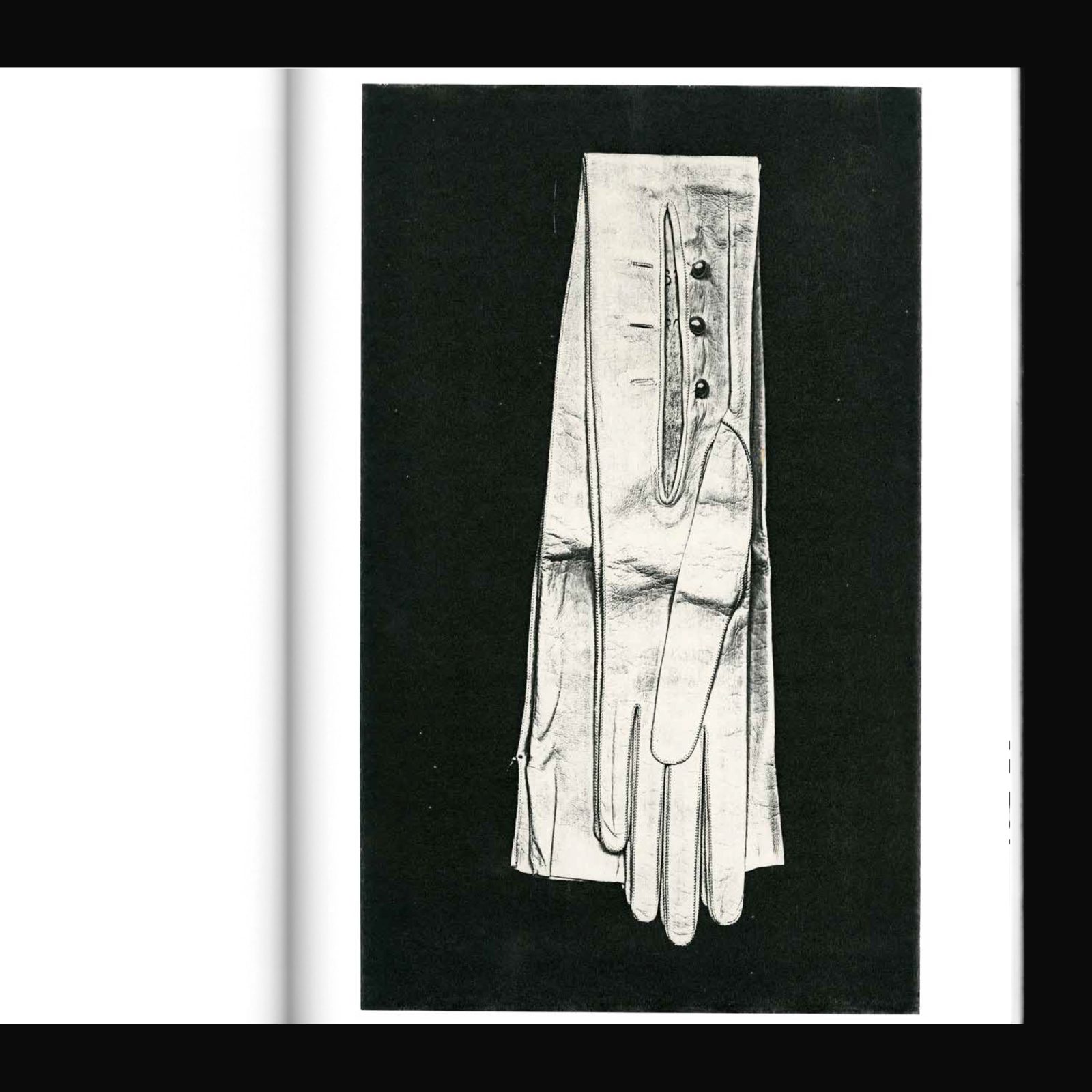
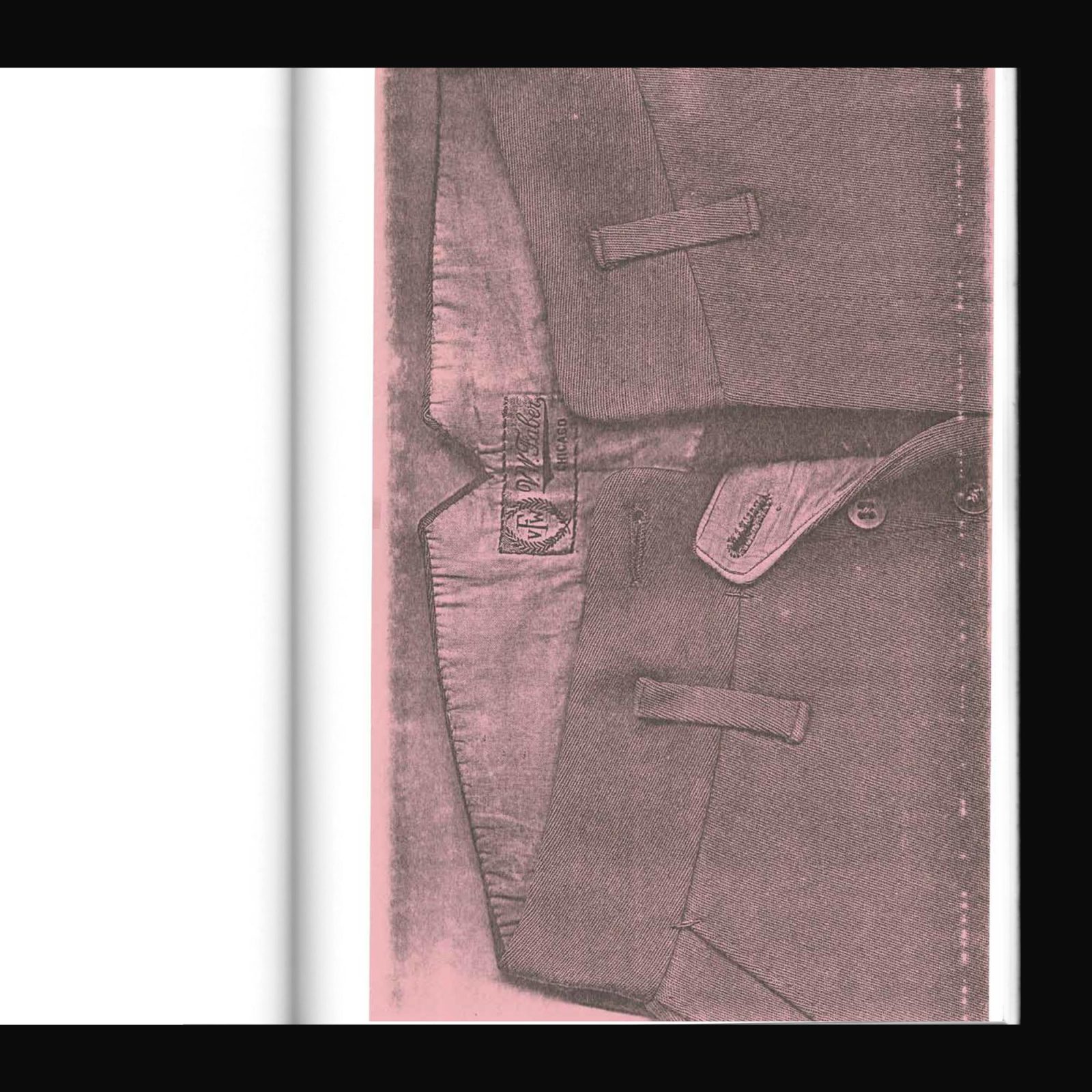
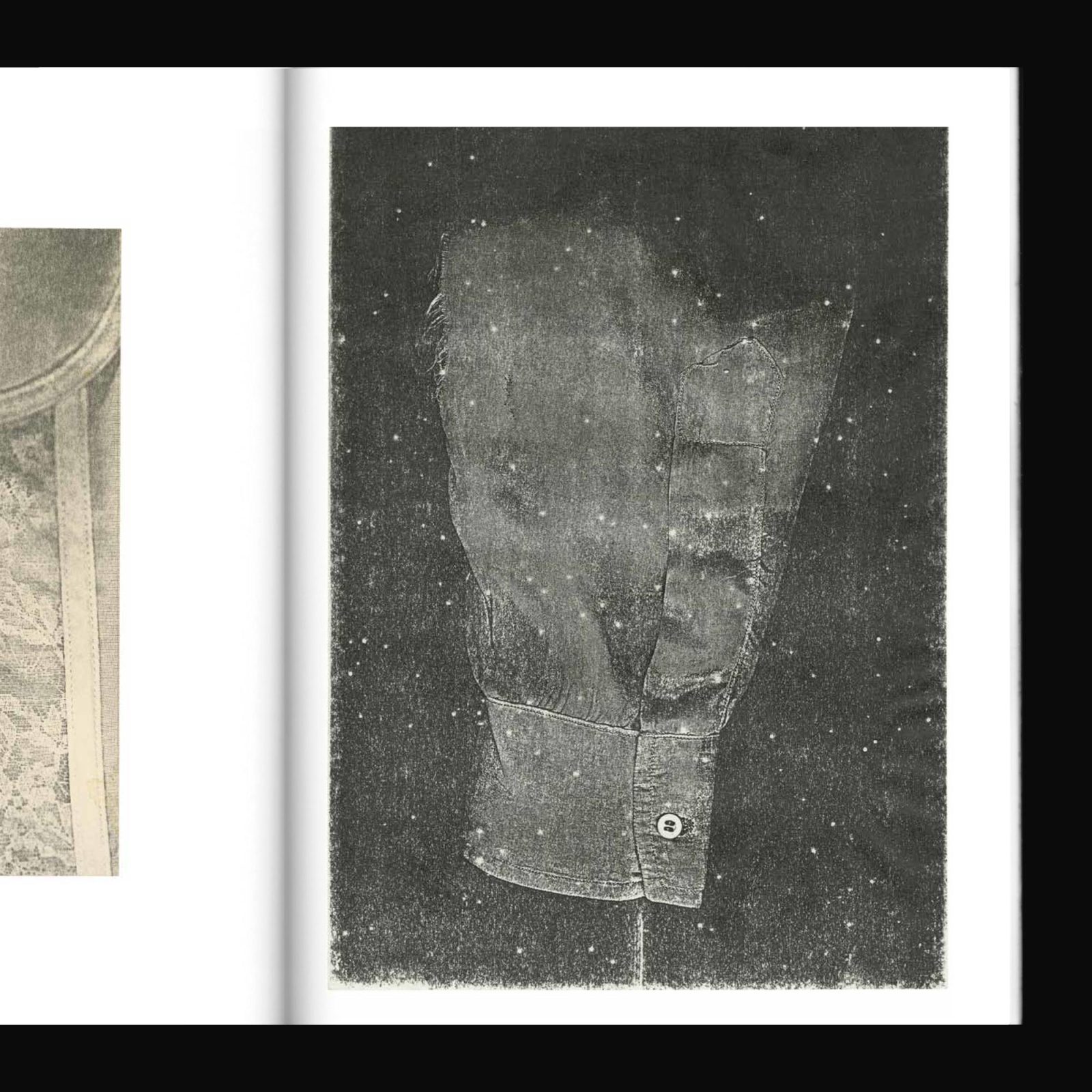
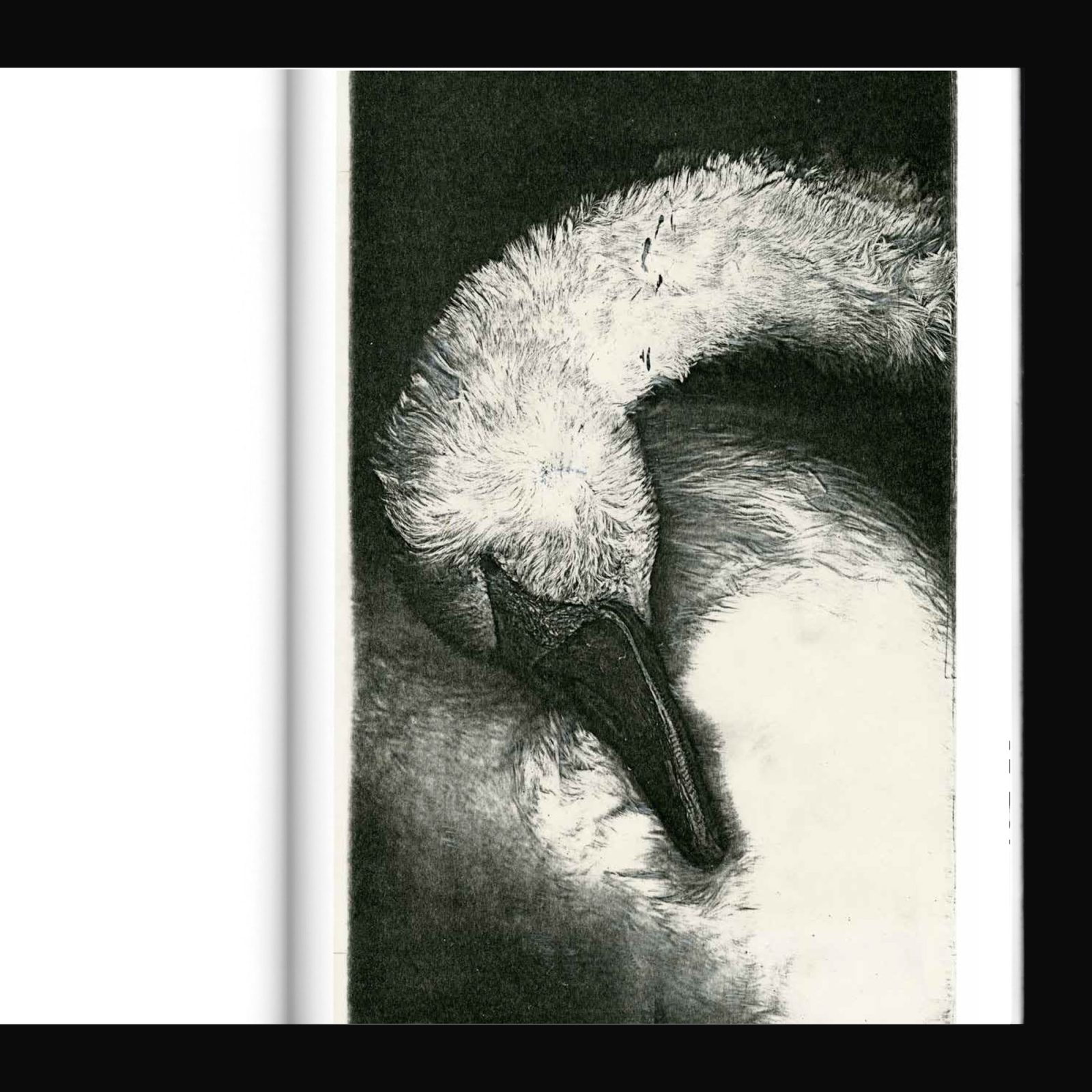
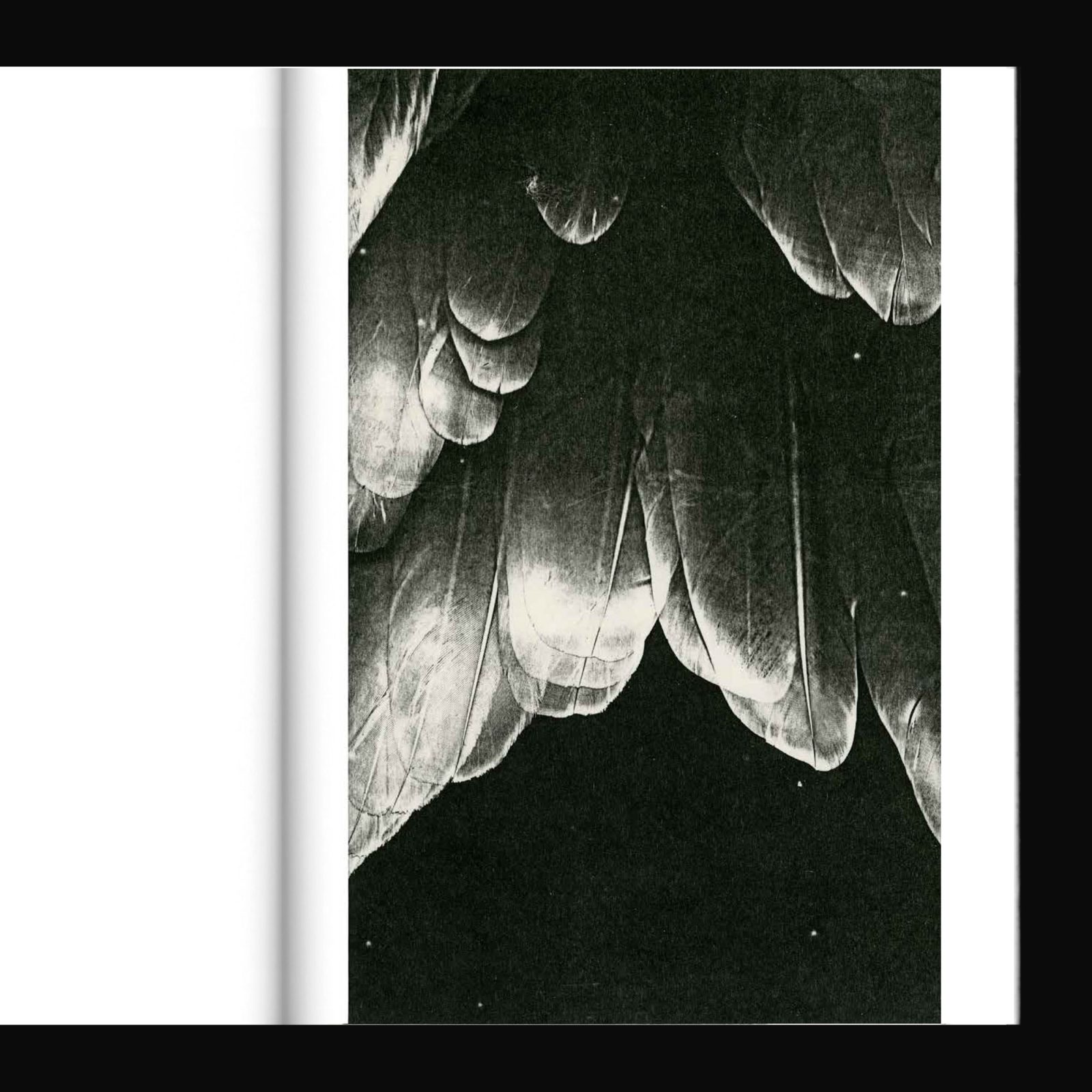
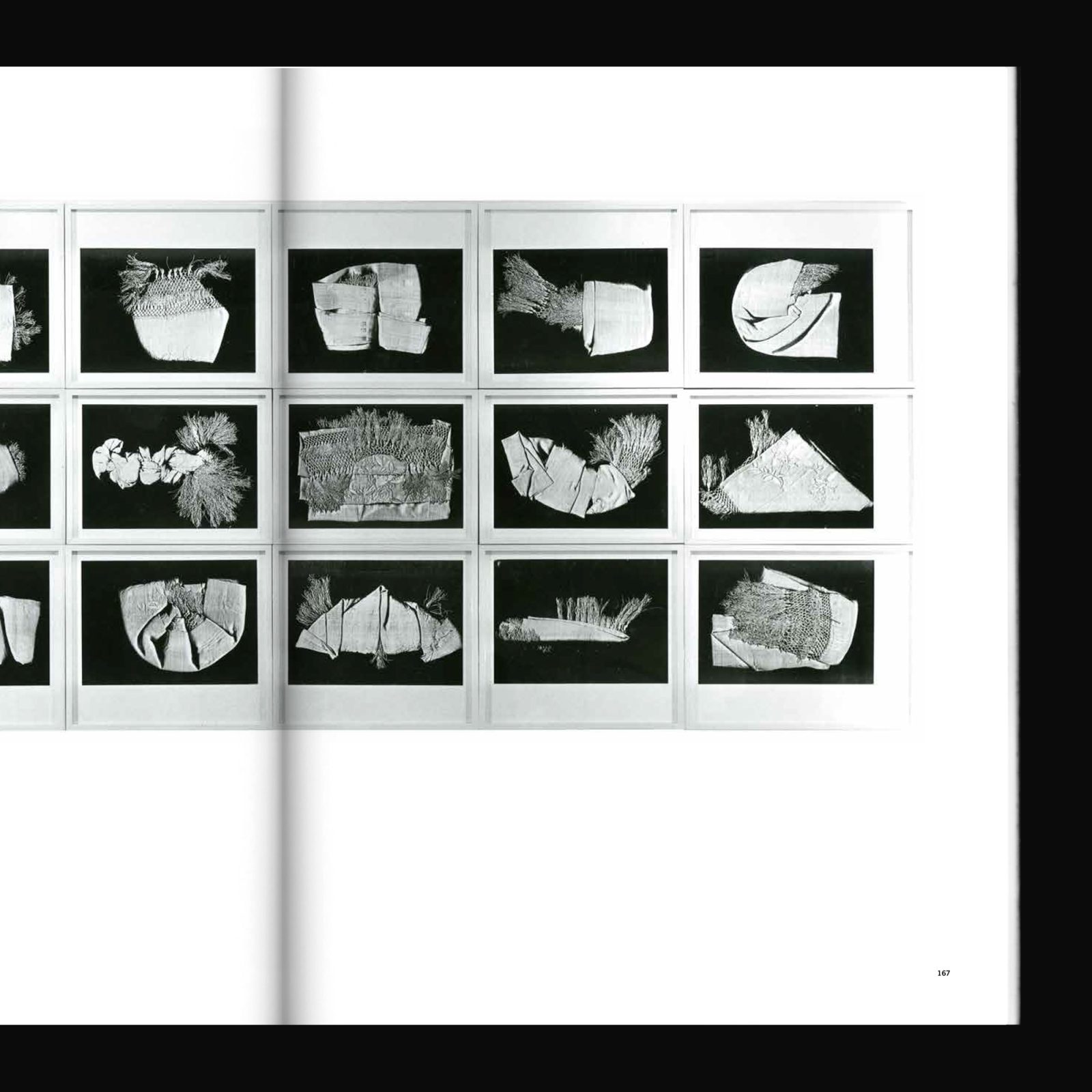
Produced on the occasion of the exhibition; Pati Hill: Photocopier, A Survey of Prints and Books (1974–83), 4 November, 2017–4 March, 2018.
This publication considers the first phase of the cross-disciplinary art of Pati Hill (1921-2014). Although her exploration of the copier, which she called “a found instrument—a saxophone without directions,” did not begin until the early 1970s, Hill is regarded as a pioneer due to her singular approach and commitment to the medium.
Employing the copier to record items as common as a gum wrapper or as unexpected as a dead swan, she also applied the process to transform appropriated photographs for her experiments with narrative. This catalogue features twelve different projects, including Hill’s attempt to photocopy the palace and grounds of Versailles.
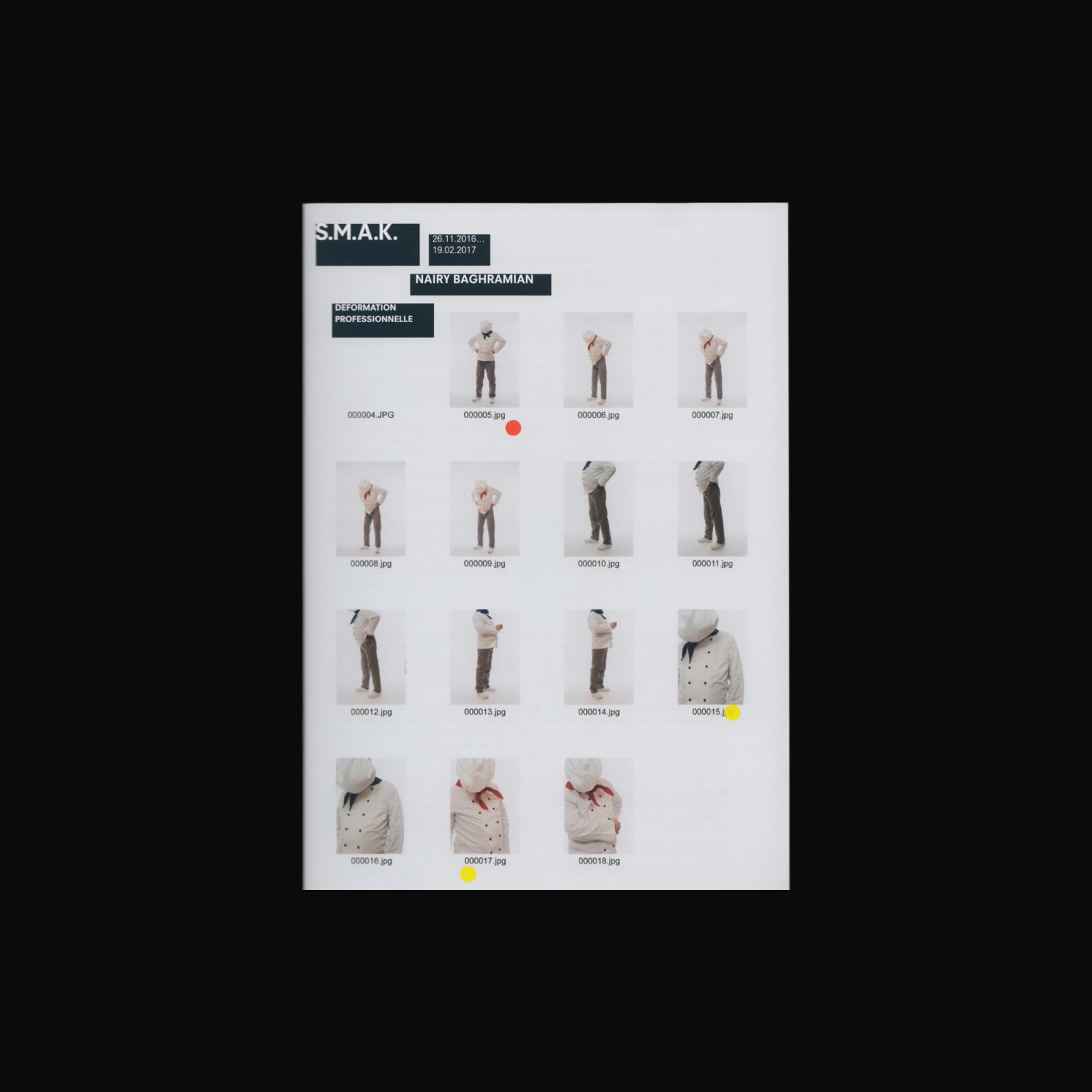
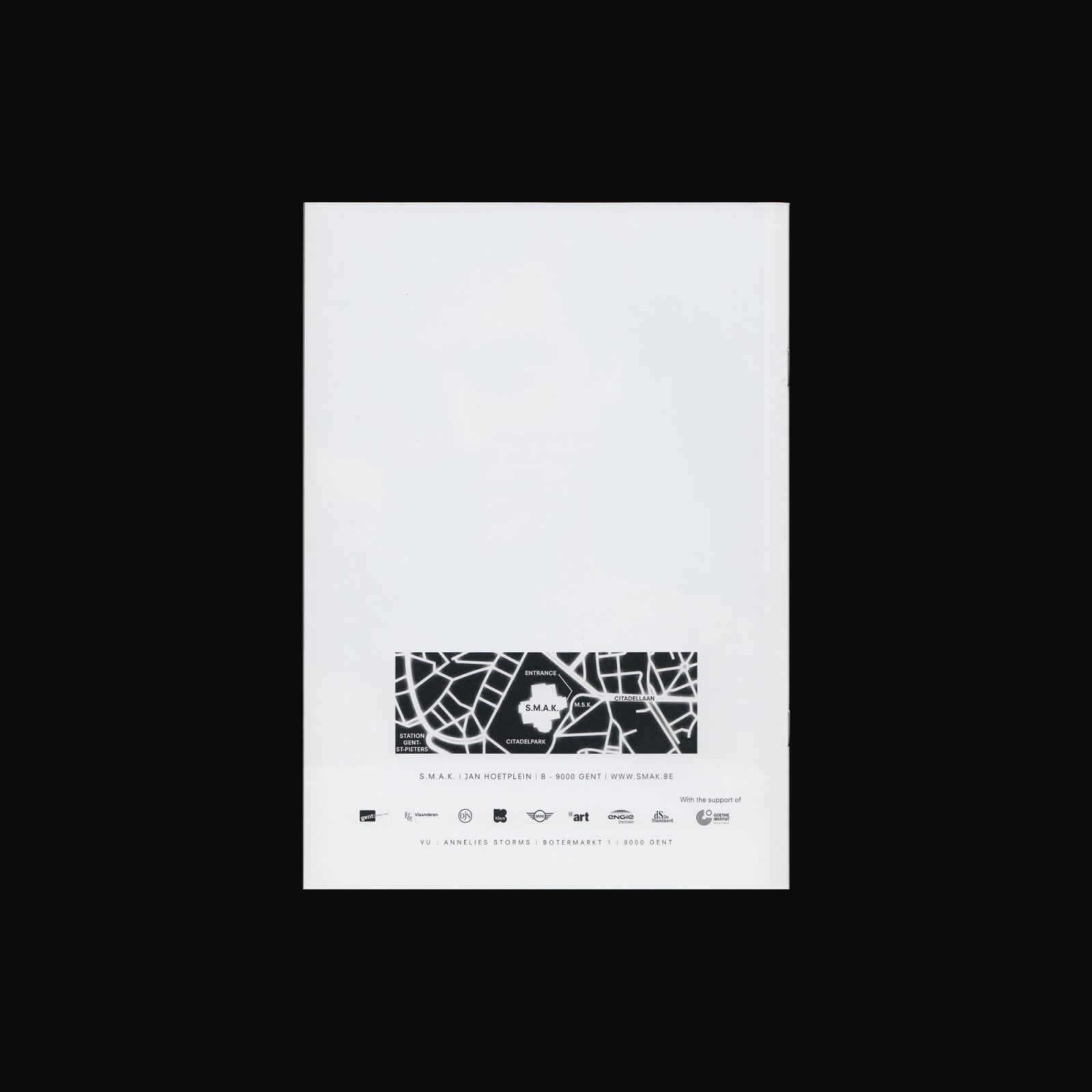
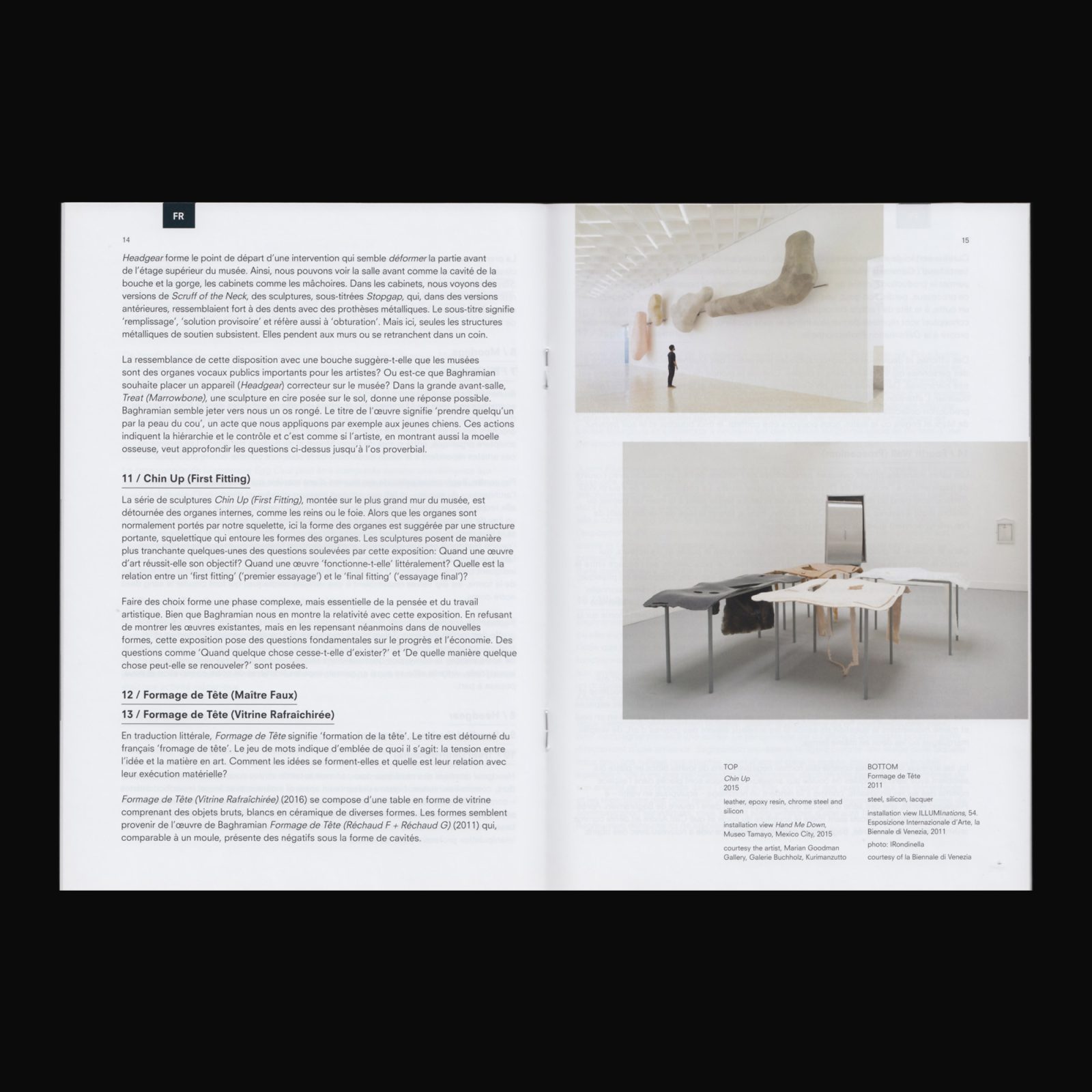
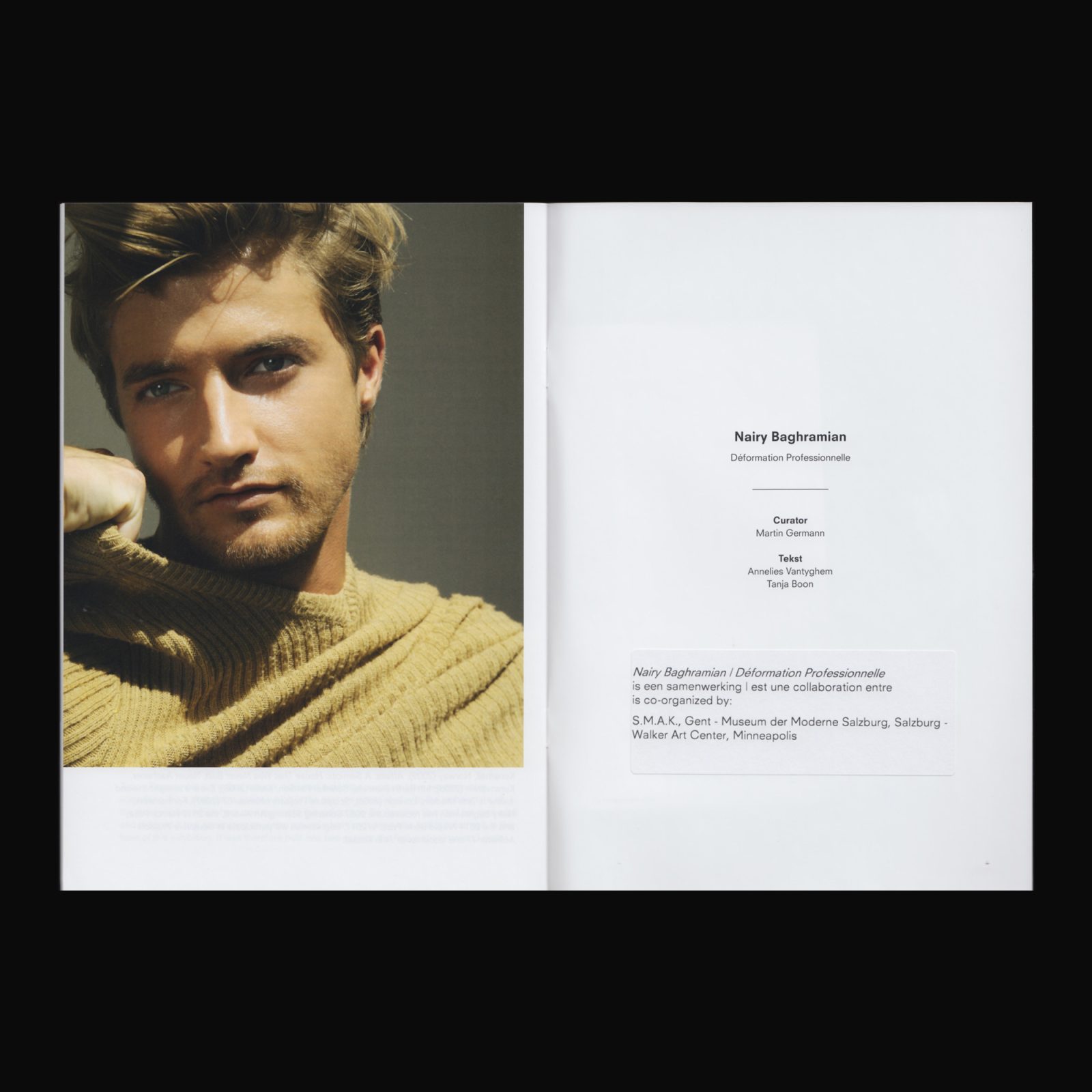
Pamhplet produced on the occasion of Nairy Baghramian’s solo show Déformation Professionnelle, 26 November, 2016–19 February, 2017.
Déformation Professionnelle was a new production that built on 18 sets of works in the artist’s oeuvre from 1999 to 2016. Baghramian alludes to existing work and associated elements, from discarded ideas to working material. In this exhibition she was, in her own words, “surveying the survey”. By refusing to show what exists and nevertheless reconsider it in the ‘new’, the exhibition connected to fundamental questions about progress and economy and asks when something ceases to exist, and how something new comes into being.
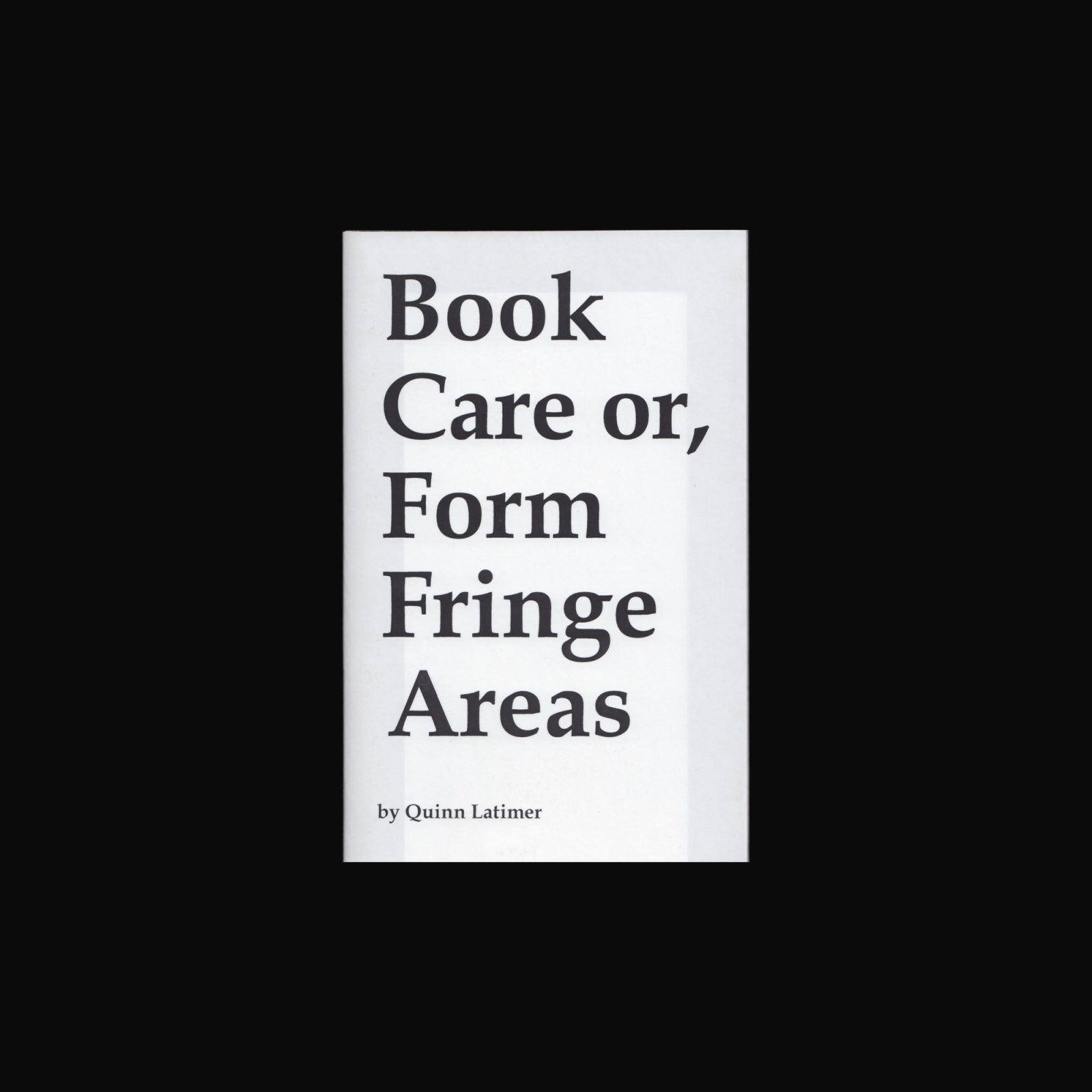
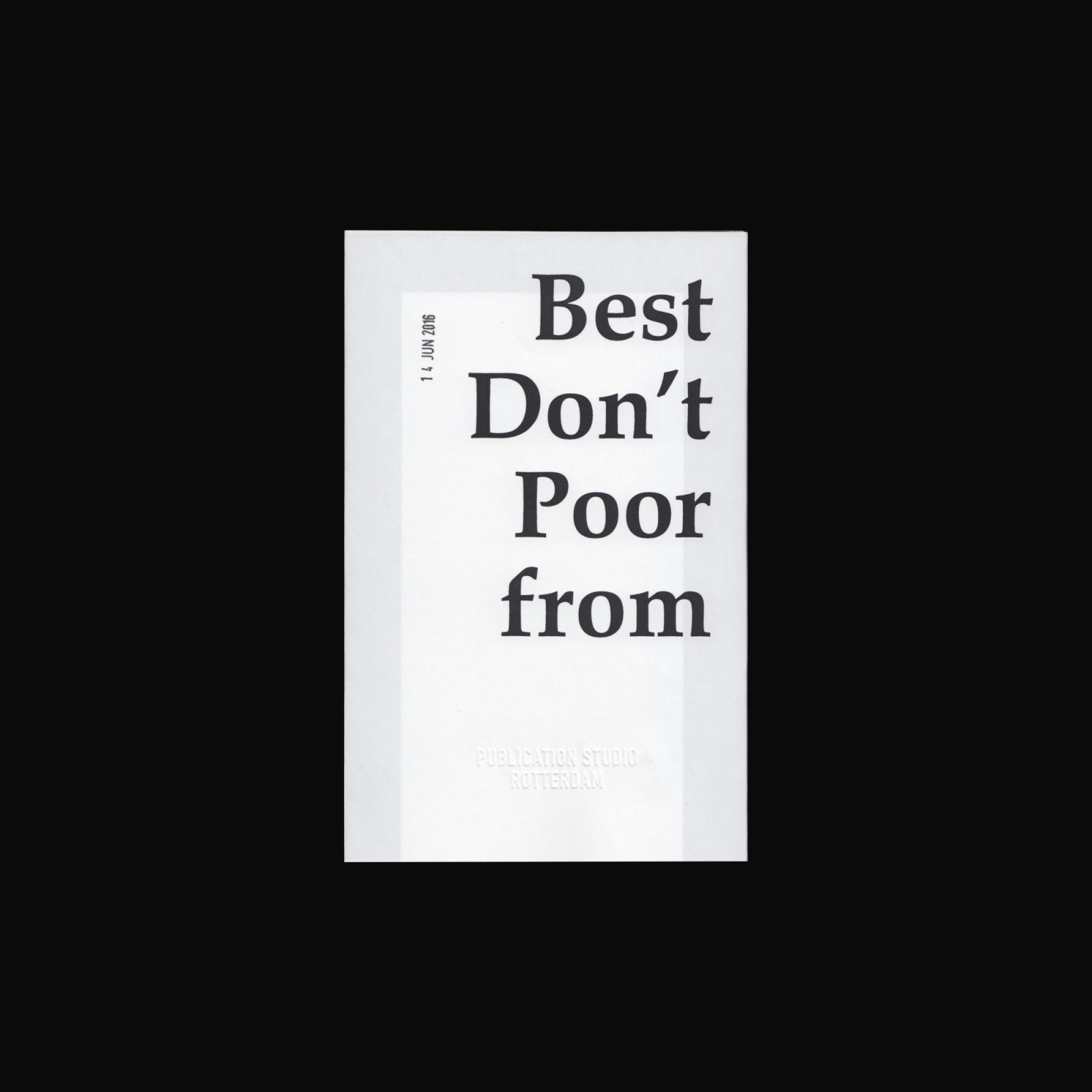
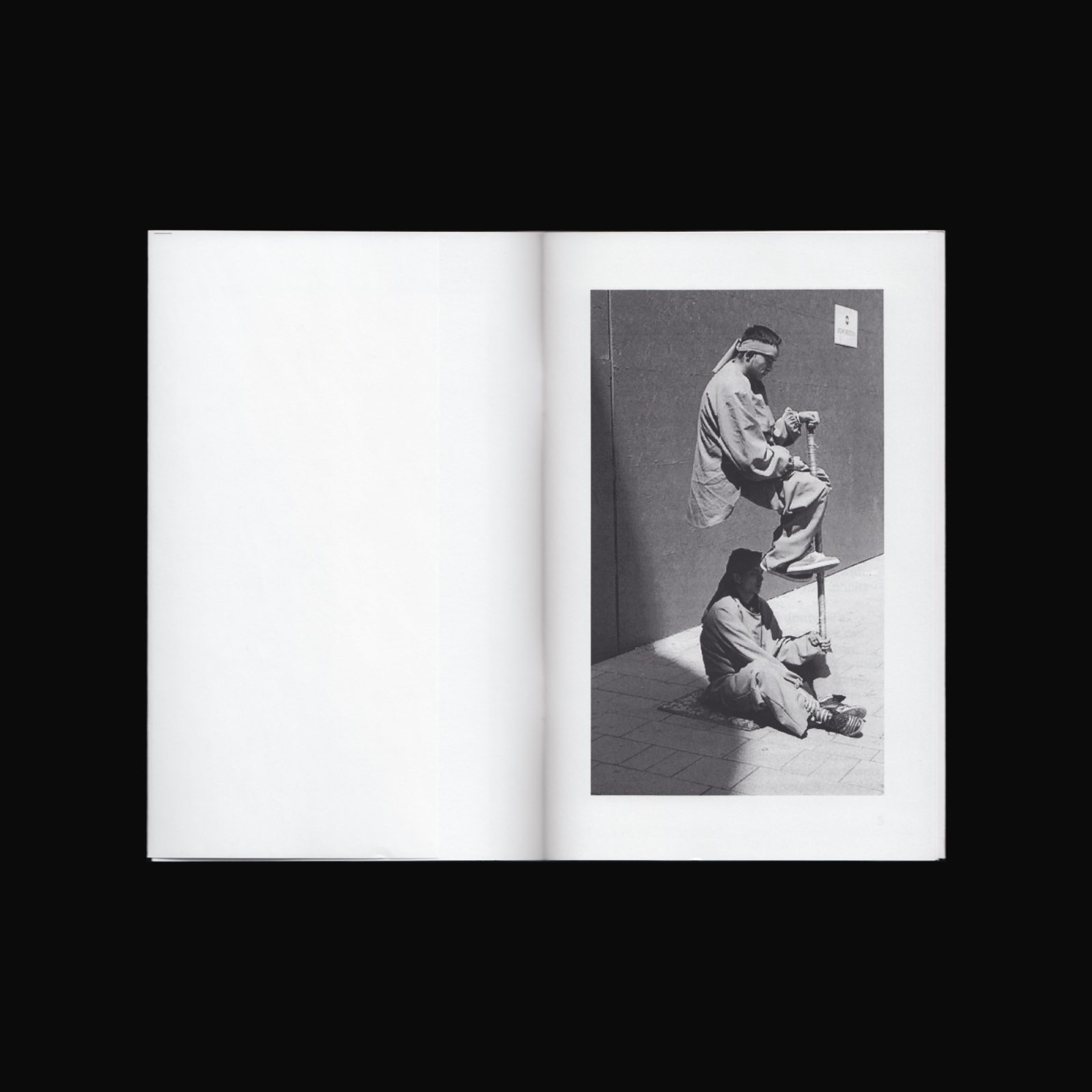
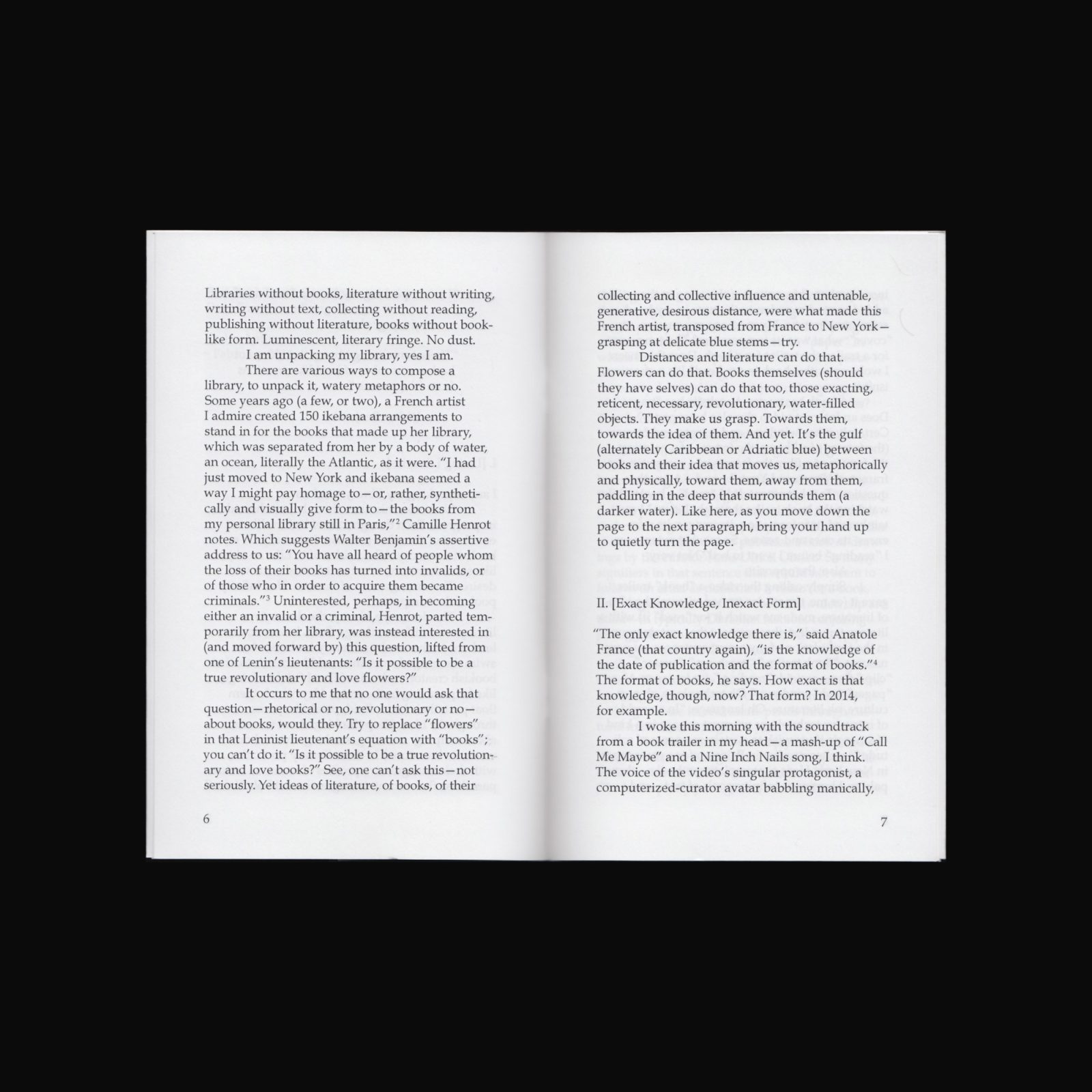
“Best Books” is the subject of an annual workshop at Werkplaats Typografie, Arnhem. “Best Book, Don’t Care or, Poor Form from Fringe Areas” resulted from the 2013 workshop led by Sophie Nys in collaboration with the participants of Year 13 and Year 14. Designed by Roland Früh, Sophie Nys & Yin Yin Wong.